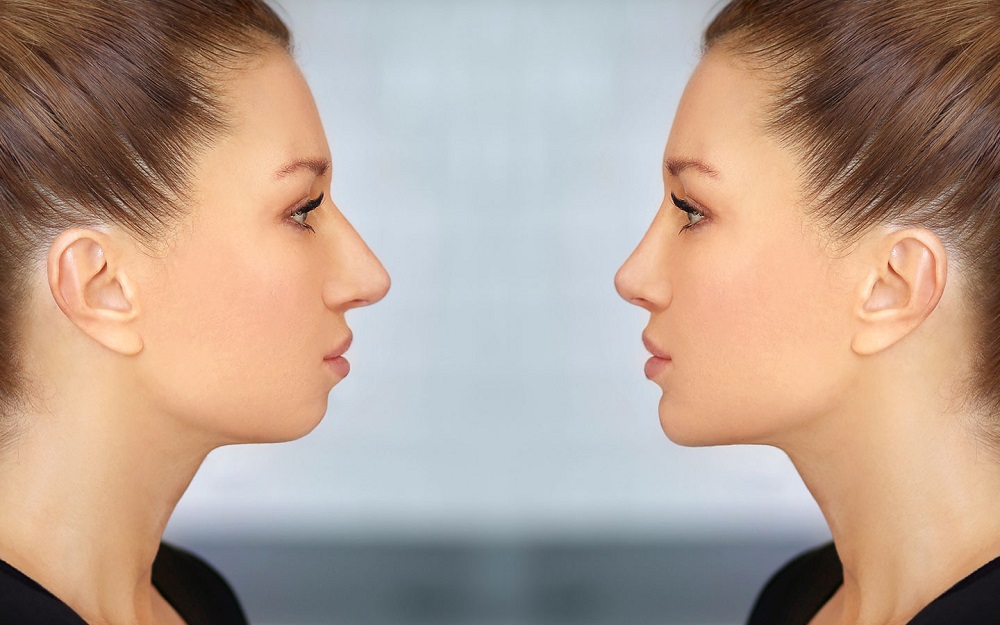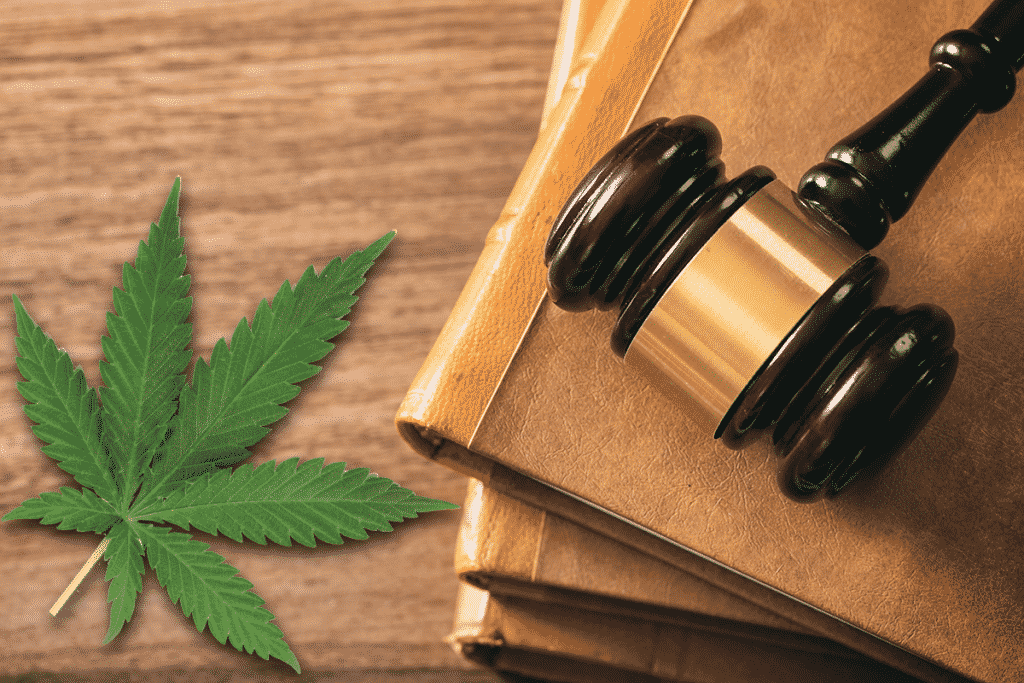
Tooth brushing your teeth are simple ways to maintain them bright, white, and healthy.Still, you’re not alone if you think your smile has lost some of its luster or has turned yellow.When the American Academy of Cosmetic Dentistry asked respondents what they’d like to change about their smile, the most common answer was whiter teeth.According to the American Association of Orthodontists, approximately 90% of patients desired tooth whitening.Are you considering teeth whitening?First, get the facts.Here are the answers to five of the most frequently asked questions concerning the procedure.
Food and beverages
Coffee, tea, and red wine are some of the most common stains. What is it that they have in common? Chromogens are intense color pigments that adhere to the white, outside surface of your tooth
Tobacco Consumption
Tar and nicotine, two substances contained in tobacco, cause permanent stains. Tar is inherently dark. Nicotine is colorless until it comes into contact with oxygen. Then it degrades producing a yellowish material that stains the surface.
Life
Dentin is a softer area beneath the hard, white outer shell of your teeth (enamel). Brushing thins the outer enamel layer, allowing more of the yellowish dentin to show through.
A traumatic event
If you’ve been hit in the mouth, your tooth’s color may change as it responds to the injury by laying down more dentin, which is a darker layer beneath the enamel.
Medications
Certain antihistamines, antipsychotics, and blood pressure medicines might cause tooth darkening. Young children who are exposed to antibiotics such as tetracycline and doxycycline while their teeth are growing (either in the womb or as a baby) may develop adult tooth discolouration later in life. Chemotherapy and head and neck radiation can also cause tooth discoloration.
Is Teeth Whitening Effective on All Teeth?
No, which is why you should consult your Dental Crown Glen Waverley dentist before whitening your teeth, as whiteners may not remove all types of discolouration. Yellow teeth, for example, will most likely bleach well, whereas brown teeth may not respond as well and teeth with gray tones may not bleach at all. Whitening will not work on caps, veneers, or crowns.
Your Dentist’s At-Home Bleaching
Your Dental Clinic Glen Waverley can make you a custom-fitted tray for at-home whitening. In this scenario, the dentist will guide you on how to place the bleaching solution in the tray and for how long. This may be a better alternative if you feel more at ease whitening at home at a slower speed while still under the supervision of a dentist. Bleaching outside of the office can take anywhere from a few days to a few weeks.
Are There Any Negative Side Effects of Teeth Whitening?
Some persons who use teeth whitening products may develop tooth sensitivity. This occurs when the peroxide in the whitener penetrates the enamel to the soft layer of dentin and irritates your tooth’s nerve. Most of the time, the sensitivity is only temporary. You can postpone therapy and then try again.Tooth whiteners can potentially harm tooth enamel and gums if used excessively, so be sure to follow guidelines and consult your Teeth Whitening Glen Waverleys dentist.



